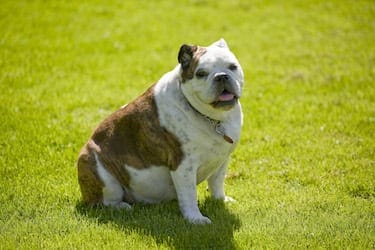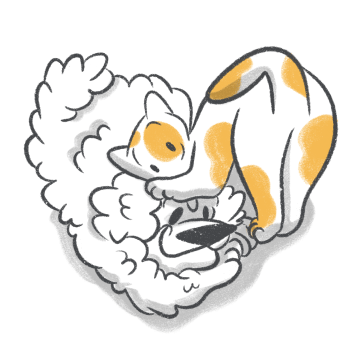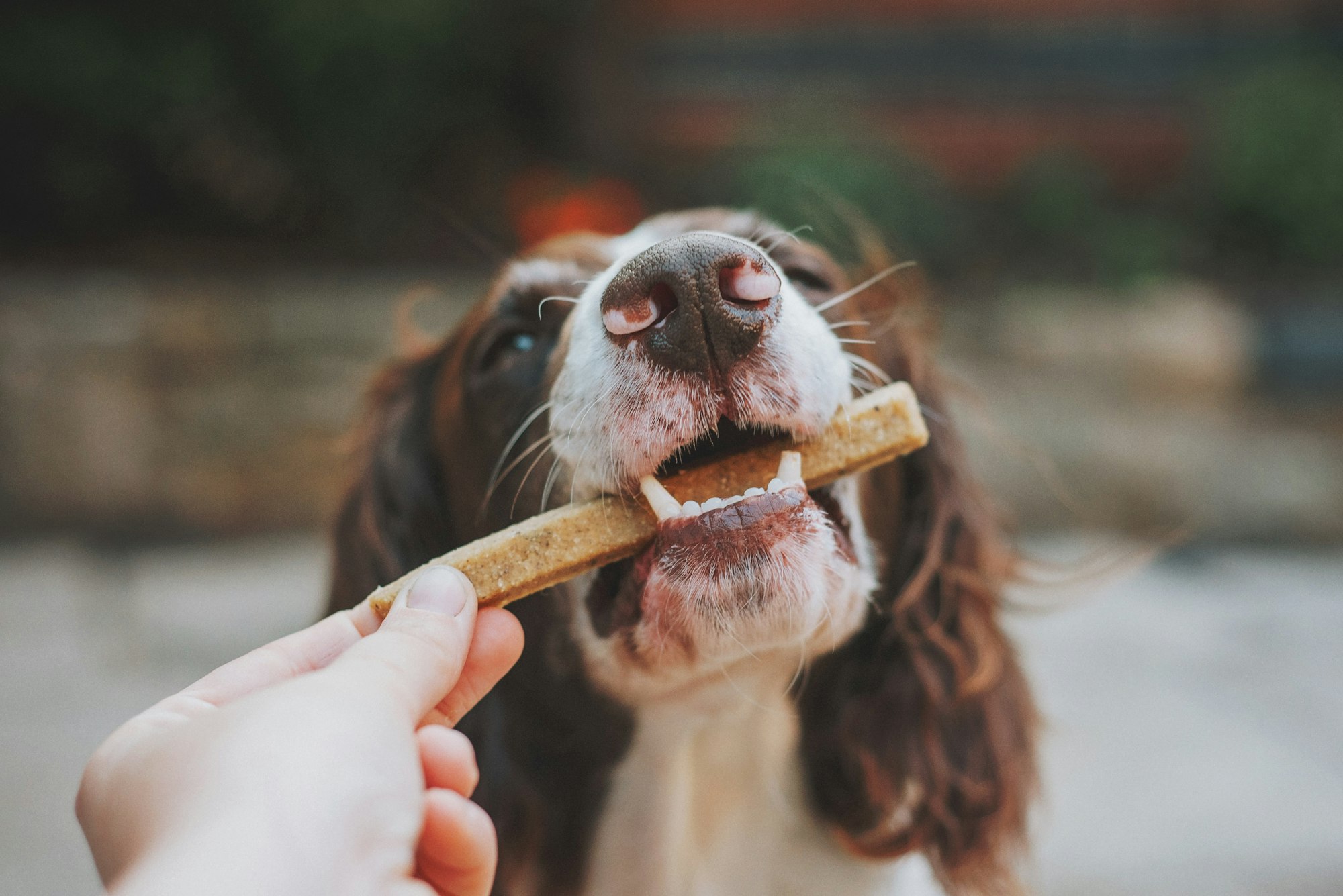Just like humans, pets can have weight issues. Up to 50% of American pets are overweight! And just like in people, obesity mostly comes down to exercise and food intake. Even when calories are restricted, a pet may have issues losing weight, as mobility becomes more difficult.
An overweight dog, much like humans, is more likely to suffer from arthritis, heart disease, diabetes, cancers, and high blood pressure. Dogs at the correct weight for their body type live an average of two years longer than obese dogs. Having a pet is like having a child: you are the one responsible for making sure they live a healthy and happy life. Even if your dog is only slightly chubby, make sure to regularly track a body weight.
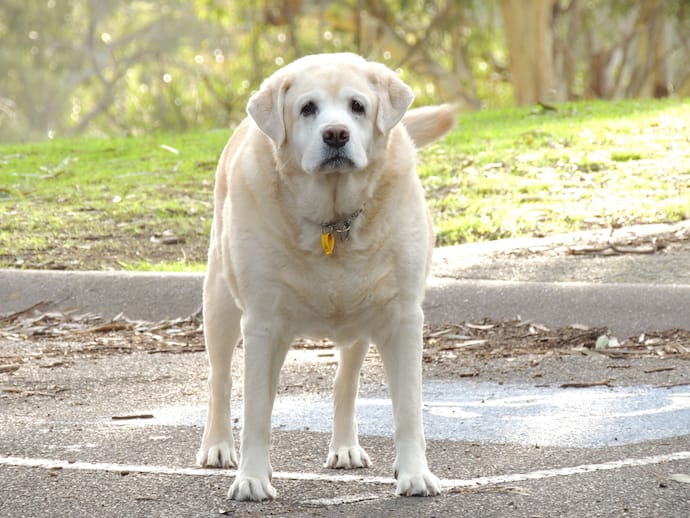
How Can We Tell if Your Dog is Overweight?
Check the space around their ribs and spine. If there’s a thin layer of fat between the skin and bones, your pooch is likely doing just fine. If you have serious issues finding your dog’s ribcage, a diet is probably in order. Also, you can stand over your dog. Optimally, you’ll see a ‘waist’ between the ribs and hips.
Does your pet beg at the door or give you that sad look from across the room? It's not always easy to say no, but doing so will help them lose weight! Do you feed your pet when you eat? It may not seem like it, but if you're giving them snacks or table scraps, then you're going over their usual amount of food each day. Limiting meals to specific times will help keep them from sneaking extra snacks throughout the day.

Your dog may be suffering from heart, thyroid, or metabolic disorders, so ask your vet before putting any pet on a diet. Some breeds (like pugs and Labradors) are notorious weight gainers, so consider genetics, too.
As always, a professional veterinarian will be able to tell you what’s what. And here’s what’s what:
It would be best to find a correct diet, and your dog’s doc will let you know what works best. Get involved and start reading the side of your dog’s food, making sure the caloric and fat index is correct. Be sure that you have enough fiber and healthy fat that helps maintain healthy skin and fur. If you give your dog fewer calories and higher fiber, nutrients are harder to store, and you risk increasing your dog’s stool production.
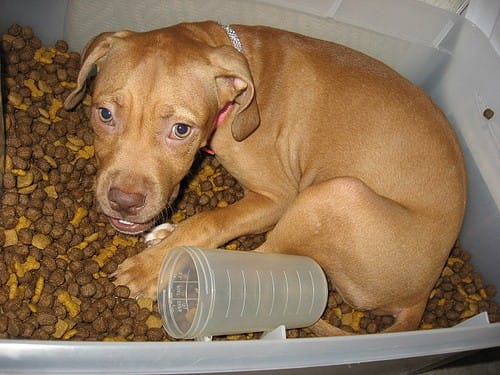
Remember, however: dog food labels are there to maintain weight, not lose it. If you follow the advised diets, you probably won’t see any progress. Don’t disregard the recommended food allotment by leaving a bowl of food out for "free feeding," and make sure that you use the exact measurements recommended.
Choosing your dog’s weight loss diet can be incredibly complicated. This website breaks it down with simple explanations.
Next, exercise is tremendously important. You don’t want to overheat and overstress your dog, but regular activities are going to burn calories, reduce appetite and increase your dog’s happiness. Dogs love to exercise if you yourself look excited. Not only is it beneficial for your canine, but it’s also a fantastic way to bond with them. Make sure that you watch for signs of distress like overheating and exhaustion.
Important Note: When your pet starts losing weight, even if you don’t immediately see any obvious changes in their appearance, it’s a good idea to have them examined by the vet to make sure everything is okay. That way, you can be sure you are doing everything right!

Keeping your dog healthy is a big responsibility, but sticking to a routine will keep your special buddy around longer and in great health.
Was this article helpful?
Help us make our articles even better

